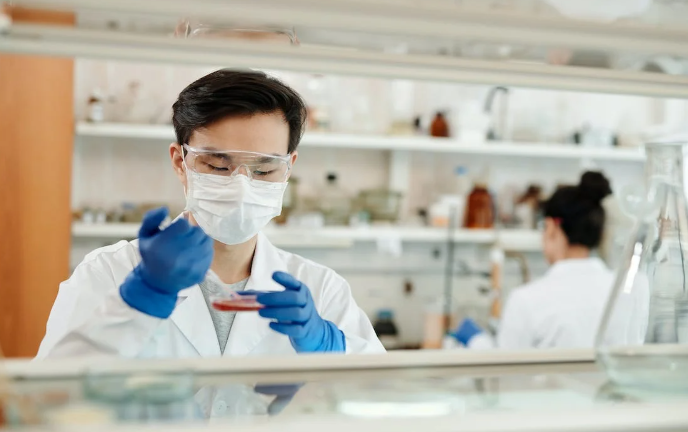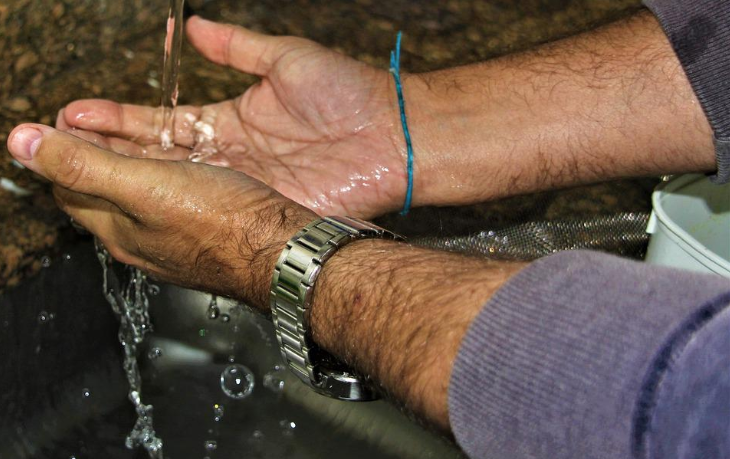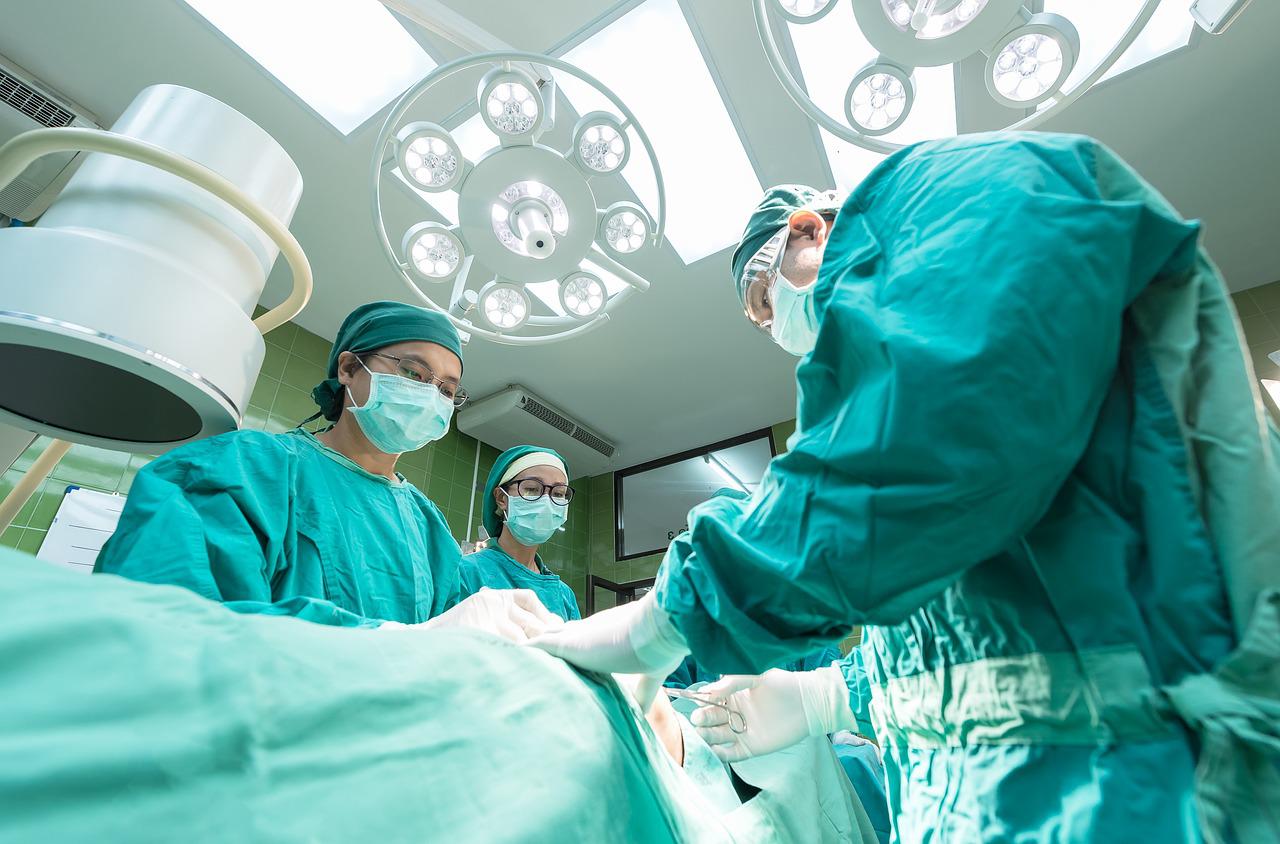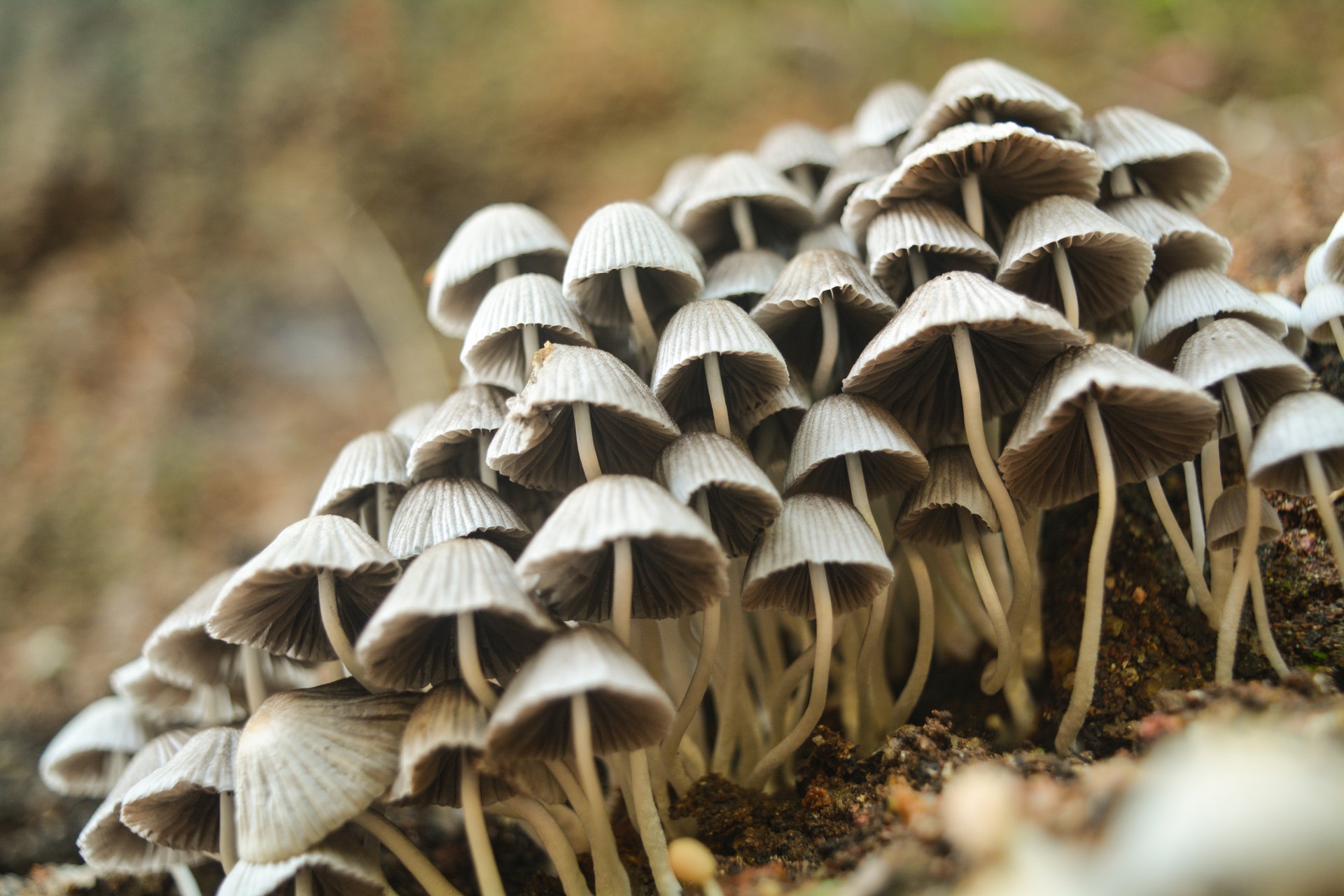Waterborne diseases are a serious global health issue. Millions contract waterborne diseases from drinking contaminated water or swimming in polluted water every year. It is important to install a sediment filter and water purifier to remove harmful bacteria and viruses from drinking water. This blog post will discuss the most common waterborne diseases and their symptoms. We will also provide tips on how to prevent these diseases from affecting you and your loved ones.
Typhoid Fever
 Typhoid fever is a bacterial infection transmitted through contaminated food or water. Symptoms of typhoid fever include high fever, headache, diarrhea, and vomiting.
Typhoid fever is a bacterial infection transmitted through contaminated food or water. Symptoms of typhoid fever include high fever, headache, diarrhea, and vomiting.
If left untreated, typhoid fever can be fatal. To prevent typhoid fever, it is essential to practice good hygiene and sanitation. You should also avoid consuming contaminated food or water.
Cholera
Cholera is a waterborne disease that is caused by the bacterium Vibrio cholera. Symptoms of cholera include watery diarrhea, vomiting, and muscle cramps. If left untreated, cholera can lead to severe dehydration and even death.
To prevent cholera, it is essential to practice good hygiene and sanitation. You should also avoid consuming contaminated food or water.
Hepatitis A
 Hepatitis A is a viral infection transmitted through contaminated food or water. Symptoms of hepatitis A include fever, fatigue, nausea, vomiting, and yellowing of the skin and eyes (jaundice). If left untreated, hepatitis A can lead to liver failure. To prevent hepatitis A, it is essential to practice good hygiene and sanitation. You should also avoid consuming contaminated food or water.
Hepatitis A is a viral infection transmitted through contaminated food or water. Symptoms of hepatitis A include fever, fatigue, nausea, vomiting, and yellowing of the skin and eyes (jaundice). If left untreated, hepatitis A can lead to liver failure. To prevent hepatitis A, it is essential to practice good hygiene and sanitation. You should also avoid consuming contaminated food or water.
Giardia
The most common waterborne disease in the United States is Giardia. This microscopic parasite can infect both humans and animals and is typically found in contaminated surface water. Symptoms of Giardia include diarrhea, nausea, abdominal cramps, and fatigue. If left untreated, Giardia can lead to dehydration and malnutrition. Giardia is typically treated with a course of antibiotics. However, the best way to prevent Giardia is to avoid drinking contaminated water. If you do come into contact with contaminated water, be sure to wash your hands thoroughly and cook all food and beverages properly before consuming them.
Dysentery
Dysentery is an infection of the intestine that causes severe diarrhea and abdominal pain. It is usually caused by contaminated water or food. Dysentery is more common in developing countries where sanitation is poor, and water supplies are contaminated.
 Symptoms of dysentery include:
Symptoms of dysentery include:
- Abdominal pain
- Cramps
- Diarrhea
- Fever
- Mucus or blood in the stool
- Nausea
- Vomiting
Dysentery can be treated with antibiotics. However, it is essential to drink plenty of fluids to prevent dehydration.
Escherichia Coli
- coli is a type of bacteria that usually live in your intestines. It’s also found in the environment, such as in soil or water. Most E. coli are harmless and help keep your digestive system healthy. But some types can make you very sick. The most common way to get sick from E. coli is by eating contaminated food, such as undercooked meat or unpasteurized milk. You can also get it from contact with farm animals or contaminated water.
Having a clean water supply and practicing proper sanitation is the best way to prevent waterborne diseases. However, if you come into contact with contaminated water or food, wash your hands thoroughly and cook all food and beverages properly before consuming them.



